Article: Healthy Messages
You Need to Effectively Market Your Medical Practice
by James T. Krupienski, CPA, MSA , published in the
December 2010 issue of Healthcare News
In these competitive and difficult economic times, today’s medical practices are struggling with shrinking patient bases and lower reimbursement rates. While marketing and advertising costs may seem like the first place to look to cut overhead to offset lower revenues, it is actually the one area where greater emphasis should now be placed.
Marketing your practice should not be something that is entered into lightly. Doing so effectively involves adequate planning, understanding the various methods available, and performing proper follow-up. This article will serve to provide insight into each of these areas.
Planning to Succeed
The first step to planning your marketing is determining how much you are willing to spend. A general rule of thumb is 1% of total revenues. The next most critical step is to determine the message that you want to deliver — what you are selling.
Once these have been addressed, you will also need to consider who your competitors are and the demographics of your patient base. Finally, you will need to determine which staff, if any, or external consultants you will use to help carry out the plan.
Marketing Methods
To reach a broad demographic, many practices are now utilizing television, newspaper, and radio advertisements. The most significant benefit to these types of advertisements is the exposure that they give to your practice. To be effective, however, you need to focus on the services you are offering. Then, let the audience decide if that is a service that they may need. The drawback to these advertisements can be cost. However, in non-metropolitan areas, the cost will most likely be lower and should be worth considering.
Web sites have become standard for every practice these days. How much you invest in the site should be based upon the demographic that your practice services. Overall, development and maintenance costs have come down substantially over recent years.
When creating a Web site, there are a few items that must be considered, regardless of how extensive it becomes. First and foremost, the site must be user-friendly. Second, the site should be updated regularly, which not only helps to remove stale data, but shows that you are taking an interest in the message you are presenting. Finally, include advice on certain topics that may be of interest to the patients that you are serving. They will appreciate this gesture and will see you as knowledgeable in your specialty.
Brochures are another must-have for every practice, regardless of your location and size. Again, a large percentage of the population is not computer-savvy, and this may be the best way to put your services in front of potential patients. The biggest mistake that practices make with these brochures, however, is that they have them made up and then leave them in a pile at the reception desk. They need to be handed out wherever possible. Some of the best places to distribute them are at speaking engagements and at other practices for which you may offer complementary services.
Public outreach can be a very powerful marketing method, but is many times overlooked. Consider volunteering at the local senior center or making house calls for extremely ill patients. If you are a good public speaker, try connecting with one of the local health fairs, industry publications, or public television to discuss the possibility of speaking on behalf of a new procedure or technique that others may find interesting. Or, if public speaking is not for you, medical advice columns are another great tool and are a way to generate some free advertising.
Always consider your own personal network and relationships, as well as your current patients. Physician referrals are key to the success of any practice, but unless the referring physicians know and trust you, they will be reluctant to refer patients to your practice. There is also no harm in asking current patients for referrals and for thanking them when they do so.
Following Up
James T. Krupienski, CPA, is manager of Meyers Brothers Kalicka, P.C., in Holyoke, certified public accountants and business strategists; (413) 536-8510; www.mbkcpa.com
This material is generic in nature. Before relying on the material in any important matter, users should note date of publication and carefully evaluate its accuracy, currency, completeness, and relevance for their purposes, and should obtain any appropriate professional advice relevant to their particular circumstances.
Share Post:









